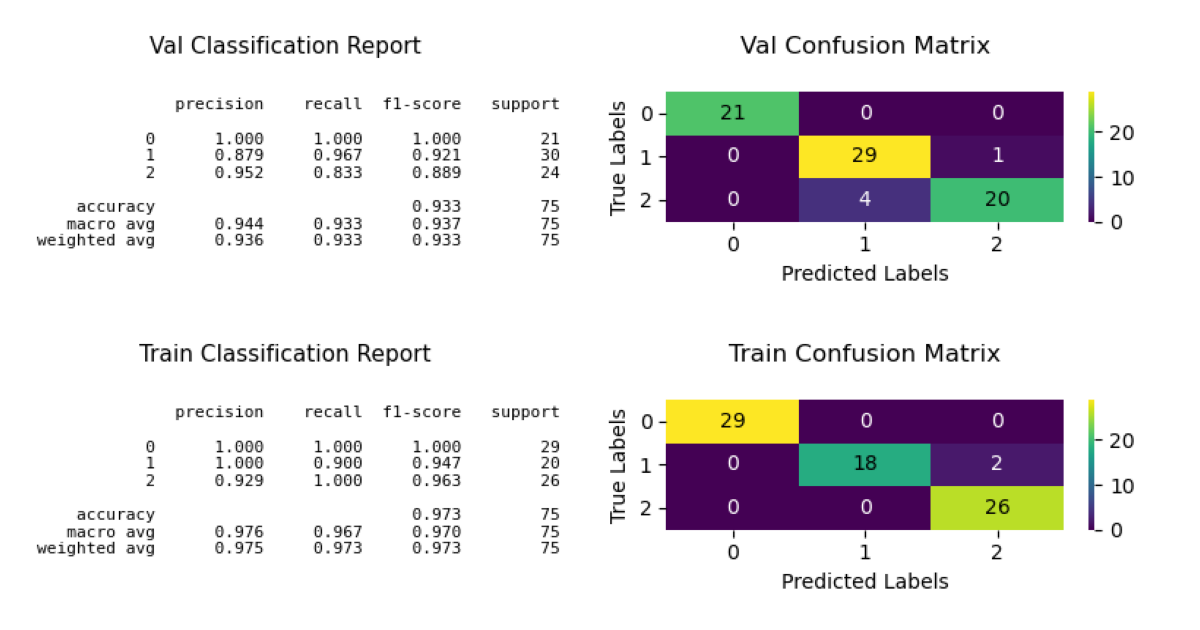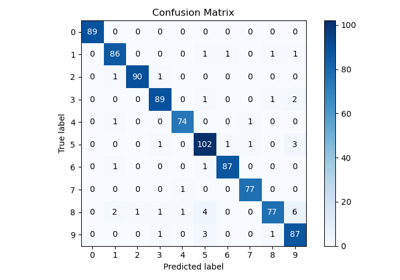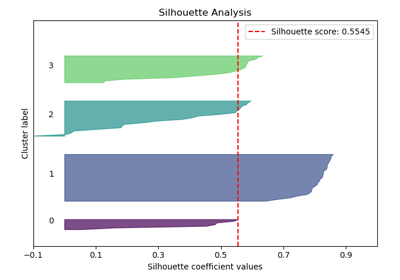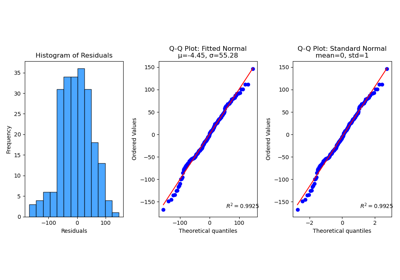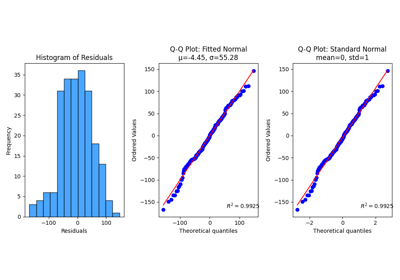plot_classifier_eval with examples#
An example showing the plot_classifier_eval function
used by a scikit-learn classifier.
# Authors: The scikit-plots developers
# SPDX-License-Identifier: BSD-3-Clause
Import scikit-plots#
from sklearn.datasets import (
load_iris as data_3_classes,
)
from sklearn.linear_model import LogisticRegression
from sklearn.model_selection import train_test_split
import numpy as np
np.random.seed(0) # reproducibility
# importing pylab or pyplot
# import matplotlib as mpl
import matplotlib.pyplot as plt
# Import scikit-plot
import scikitplot as sp
Loading the dataset#
# Load the data
X, y = data_3_classes(return_X_y=True, as_frame=True)
X_train, X_val, y_train, y_val = train_test_split(X, y, test_size=0.5, random_state=0)
Model Training#
# Create an instance of the LogisticRegression
model = LogisticRegression(max_iter=int(1e5), random_state=0).fit(X_train, y_train)
# Perform predictions
y_val_pred = model.predict(X_val)
y_train_pred = model.predict(X_train)
Plot!#
fig1 = sp.metrics.plot_classifier_eval(
y_val,
y_val_pred,
labels=np.unique(y_train),
figsize=(8, 2),
title="Val",
save_fig=True,
save_fig_filename="",
# overwrite=True,
add_timestamp=True,
# verbose=True,
)
# plt.show(block=True)
fig2 = sp.metrics.plot_classifier_eval(
y_train,
y_train_pred,
labels=np.unique(y_train),
figsize=(8, 2),
title="Train",
save_fig=True,
save_fig_filename="",
# overwrite=True,
add_timestamp=True,
# verbose=True,
)
Total running time of the script: (0 minutes 0.818 seconds)
Related examples

